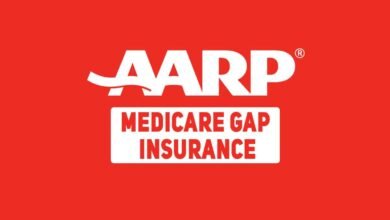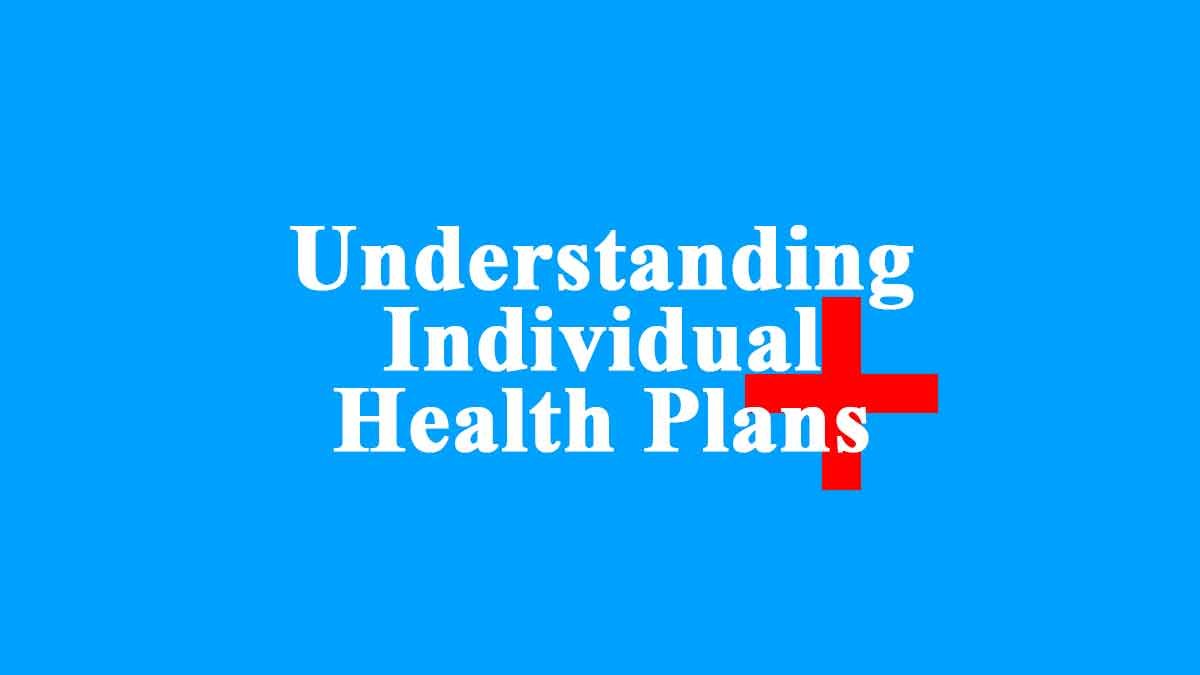Navigating the Maze: A Comprehensive Guide to Insurance Plans in the USA
In the complex world of healthcare, navigating the intricacies of insurance plans can feel like deciphering hieroglyphics. Fear not, weary traveler! This comprehensive guide will equip you with the knowledge and tools to tackle the American insurance landscape with confidence.
Table of Contents
Understanding the Basics of Insurance Plans in the USA
Before diving into specific plans, let’s lay the groundwork. In the USA, health insurance typically falls into two major categories:
- Public insurance: Government-sponsored programs like Medicare for seniors and Medicaid for low-income individuals.
- Private insurance: Plans offered by insurance companies, often through employers or purchased individually.
Types of Private Insurance Plans in USA:
Now, let’s explore the diverse terrain of private insurance plans In USA:
HMO (Health Maintenance Organization)
HMOs offer a network of contracted healthcare providers. You must choose a primary care physician (PCP) who coordinates your care and refers you to specialists within the network. HMOs often have lower premiums but may limit your choice of doctors and treatments.
PPO (Preferred Provider Organization)
PPOs offer more flexibility than HMOs. You can choose in-network providers for lower costs or go out-of-network for a higher price. PPOs typically have higher premiums than HMOs but provide more freedom.
POS (Point-of-Service)
POS plans combine elements of HMOs and PPOs. You have more freedom to choose providers than with an HMO, but in-network care is still encouraged. POS plans typically have premiums that fall between HMOs and PPOs.
EPO (Exclusive Provider Organization)
EPOs are similar to HMOs in that you must use in-network providers. However, EPOs typically have broader networks than HMOs. EPO plans generally have premiums that are lower than PPOs but higher than HMOs.
High-Deductible Health Plan (HDHP)
HDHPs have lower monthly premiums but higher deductibles, meaning you must pay more out-of-pocket before the insurance kicks in. HDHPs are often paired with Health Savings Accounts (HSAs), which allow you to save tax-free money for healthcare expenses.
Key Terms to Know:
- Premium: The monthly payment you make for your insurance.
- Deductible: The amount you must pay out-of-pocket before the insurance starts covering your costs.
- Copay: A fixed amount you pay for certain covered services, like doctor visits.
- Coinsurance: A percentage of the cost of covered services that you share with your insurance company.
- Out-of-pocket maximum: The most you will pay out-of-pocket for covered services in a plan year.
Choosing the Right Plan:

Selecting the ideal insurance plan requires careful consideration of your individual needs and circumstances. Here are some key factors to ponder:
- Budget: How much can you afford to pay for monthly premiums and out-of-pocket costs?
- Health: Do you have any pre-existing conditions that require specific coverage?
- Doctor preference: Do you want to be able to choose your own doctor, or are you comfortable with a network?
- Prescription medications: Do you take any regular medications, and are they covered by the plan?
Additional Resources:
- Healthcare.gov: The official website for the Affordable Care Act marketplace, where you can compare and purchase health insurance plans.
- National Association of Health Underwriters (NAHU): A professional organization of health insurance agents and brokers who can help you navigate the insurance landscape.
- State Insurance Departments: Each state has an insurance department that regulates insurance companies and provides consumer information.
5 FAQs about Insurance Plans in the USA:
What is the difference between Medicare and Medicaid?
Medicare is a federal program for people over 65 and some younger people with disabilities. Medicaid is a state-federal program for low-income individuals and families.
Can I get health insurance if I have a pre-existing condition?
Yes, under the Affordable Care Act, insurance companies cannot deny coverage or charge you more because of a pre-existing condition.
What is the open enrollment period for health insurance?
The open enrollment period for the Affordable Care Act marketplace is typically from November 1st to December 15th each year. However, some states have extended open enrollment periods.
What happens if I don’t have health insurance?
You may face a penalty if you don’t have health insurance, and you will be responsible for paying the full cost of any medical





